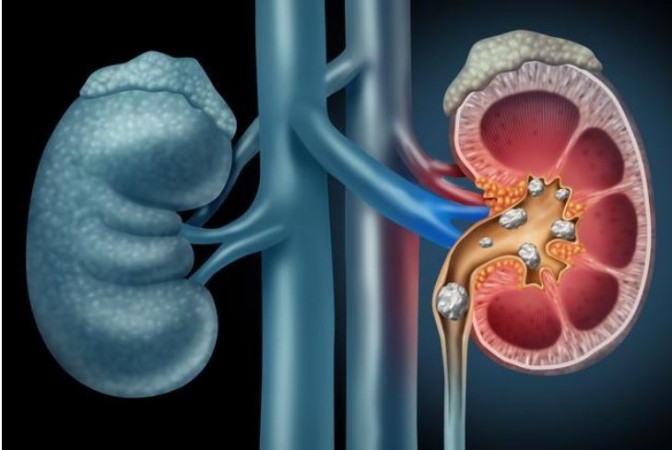
NEW YORK: A new study has revealed that a simple ultrasound technique can be used to move, reposition or break up kidney stones, all while the patient is awake.
According to medical professionals from the University of Washington School of Medicine, the procedure combines the use of two ultrasound technologies to provide a way to transport kidney stones out of the ureter with little discomfort and no anaesthesia (UW Medicine).
In the procedure, the doctors uses a handheld transducer placed on the skin to direct ultrasound waves towards the stone. The stones can then be moved and repositioned to facilitate passage using a procedure known as ultrasonic propulsion or broken up using a procedure known as burst wave lithotripsy (BWL).
This technology doesn't hurt, the lead author Dr. M. Kennedy Hall said, an emergency medicine doctor at UW Medicine, unlike shock wave lithotripsy, which is currently the conventional method and necessitates sedation. It may be done while the patient is awake and without anaesthesia, which is crucial, according to Hall. It is also almost painless.
The study team envisions someday performing the process of relocating or breaking up the stones in a clinic or emergency care environment using this novel technology.
Stones in the ureter, which connects the kidney to the bladder, can be extremely painful and are a frequent cause of trips to the emergency room. Most ureteral stone patients are instructed to wait to see whether the stone will pass naturally. This monitoring period can persist for several weeks, and approximately one-fourth of patients eventually need surgery.
In the latest trial, 29 participants took part. Thirteen patients had propulsion and burst wave lithotripsy, and sixteen patients received propulsion alone. 19 patients had stone movement.
In two cases, the stones entered the bladder from the ureter.
In seven of the cases, the stones were shattered by burst wave lithotripsy. 18 of 21 patients (86%) who had stones that were lower in the ureter, nearer the bladder, had passed them at the two-week checkup.
The study found that for this group, the average time to stone transit was about four days.
One of these patients felt "quick relief" when the stone was dislodged from the ureter, the study said.
Mother’s intake of ultra-processed food linked with obesity risk in kids
Study finds mRNA boosters extend Covid protection but it eventually wanes
New innovative technology diagnoses heart failure in record time